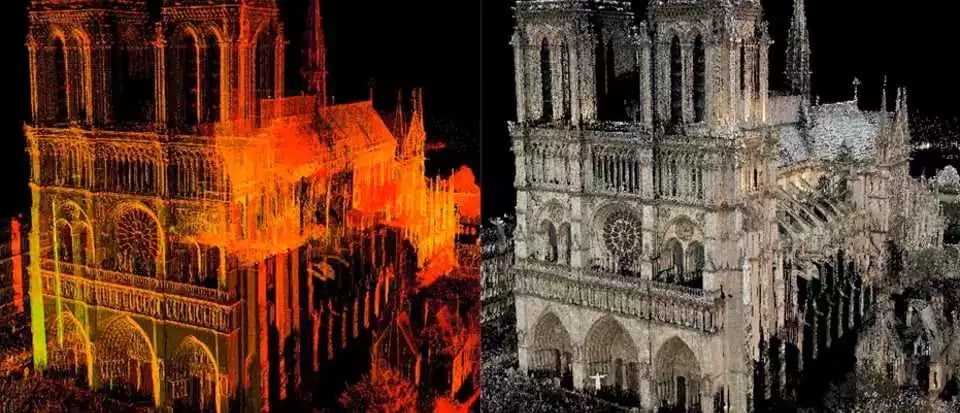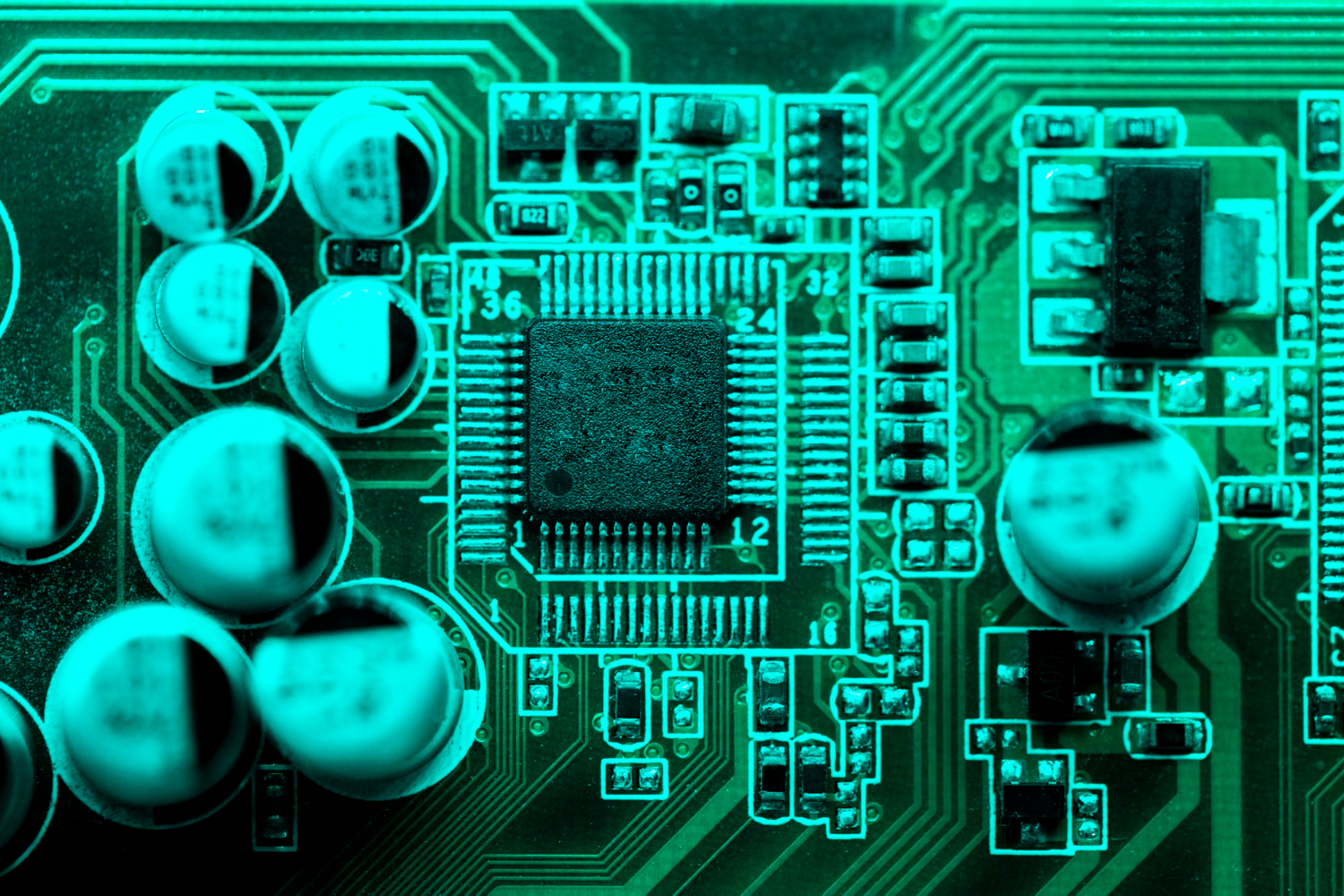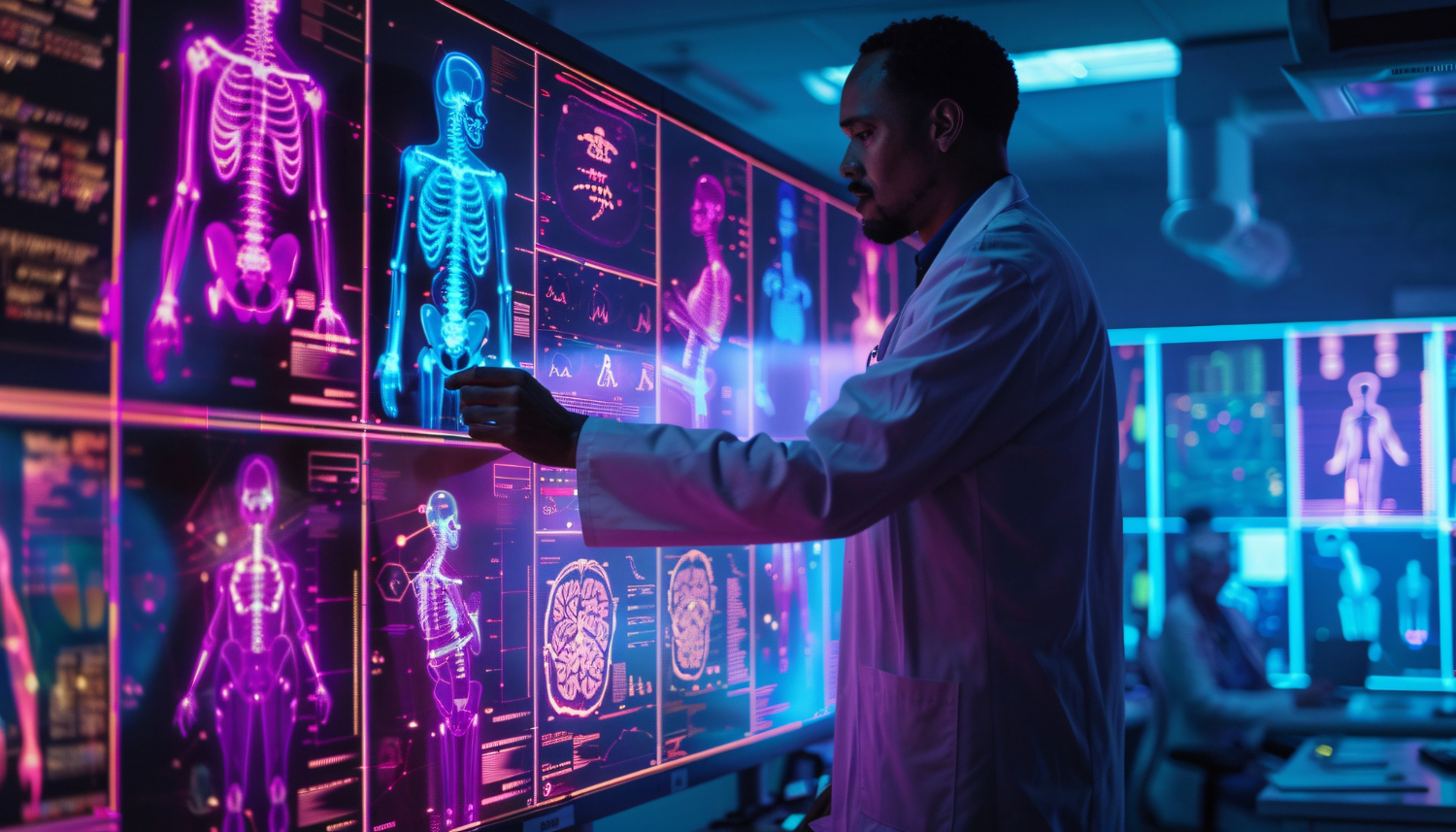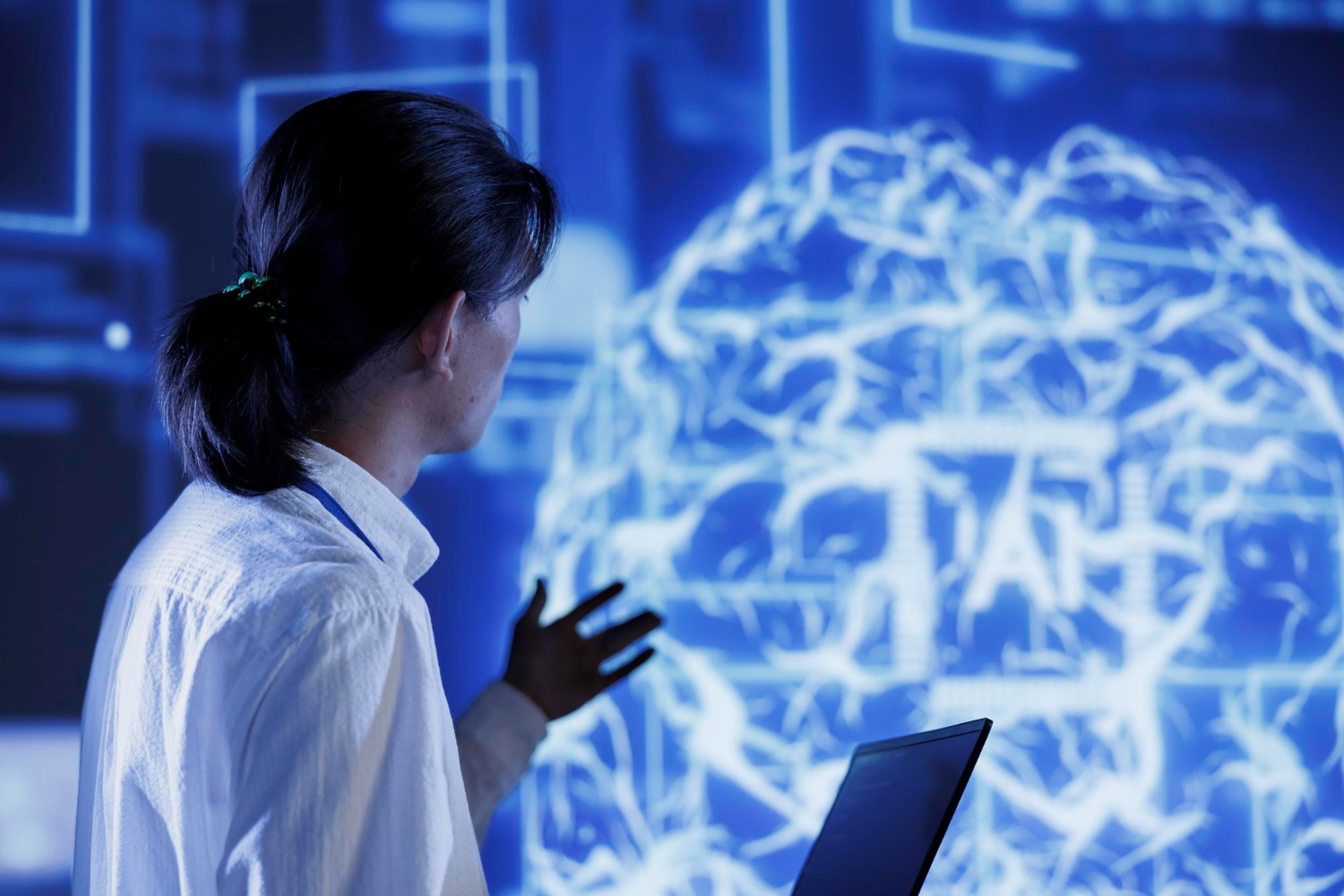Introduction
So, we were thinking today, do we actually realise the magnificence of cities? If you live in large urban areas, we assume that cities do not impress you as much. If you think about it for a bit, it takes years for a city to form, and even when it does, it still keeps changing as if cities are themselves living organisms. For that, we need to thank the architects. For years they planned everything by hand, reading blueprints and generating layouts. However, how do Artificial Intelligence (AI) algorithms change that? Let’s see!
Unlimited Creativity
Architecture is a science with real-world applications that is also truly creative. Architectural design limitations can arise due to natural obstacles, budget, or local regulations. Instead of the team rolling up their sleeves and starting over, companies nowadays have incorporated Generative AI Models in their arsenal of tools.
Tools such as TestFit (TestFit Generative Design) can automate the design process of building layouts by taking efficiency and local regulations into account. Iterating through thousands of possible designs allows architects to quickly test multiple iterations at a time. All the team needs to do is enter some design parameters like space requirements or environment and material constraints. We can confidently say that generative design applications not only remove creativity limitations but also boost team productivity. The team can then select the optimal design based on efficiency, aesthetics, or any other set of goals.

Building Information Modelling (BIM) Enhancement
Designing a building or structure is not the endgame of the pre-development stage. An element where a lot of focus and attention is necessary is Building Information Modelling (BIM). Things can go wrong at any moment on a new project, and the best way to avoid mistakes is to learn from the past. Here comes BIM. Using AI and Machine Learning algorithms (ML) or even Deep Learning models (DL), BIM analyses huge amounts of past project data so that the outcome can be predicted on each step, before its realisation. This gives the team an optimised workflow, and any potential issues can be predicted before they arise, leading to deadlines being met and almost perfect cost estimation and resource and inventory allocation.

An example of such an application is BIM360 (Construction Management Software, Autodesk BIM 360), an AI-powered software by Autodesk that has now been incorporated into Autodesk Construction Cloud (ACC). BIM360 offers a bunch of different conveniences to development teams, allowing for the management of project-specific details, permissions, cost tracking, on-platform team collaboration, and cloud-based document synchronisation, management, and interconnectivity.
Neither Cold nor Hot
In the last two decades, if not even more, sustainable and bioclimatic architecture in general, has come to the spotlight. It makes absolute sense considering global warming and the reality that energy resources are becoming less and less. Therefore, it is essential for architect teams to take into account simple factors, such as sunrise and sunset hours and degrees, or more complex ones, such as the microclimate of the area and the direction of the wind. Doing that makes it possible to design buildings that have as much natural light as possible throughout the day, that are cooler in summer and warmer during winter, with a reduced carbon footprint.
Being an early-stage problem that needs to be solved, AI technologies are the best way to approach it. Tools like Sefaira (Energy Efficient Design Software - Green Design - Sefaira, SketchUp) use AI to assess energy use and the environmental impact of a building during the early stages of a design in a wide range of fields. It can help architects understand the CO2 emissions, the thermal comfort, the entire Heating Ventilation & Air Conditioning (HVAC) of their development and daylight autonomy. I hear you asking, ‘What happens if I want to optimise my home during renovation?’ No worries. Edge Computing and the Internet of Things (IoT) make it possible for these studies to be made on-site no matter how close or far you are from the urban web. As long as you have a steady Internet connection, architect teams have portable computers that are powerful enough, so anything is possible.

Perfecting Urban Planning
Depending on where you live on our amazing planet, your city might be significantly old, like Athens, Greece (approximately 3.400 years), or relatively new, like New York City, United States of America (approximately 400 years old). As with everything, we learn as we go, and this also applies to architecture and city planning. Usually, older cities are more messy than new ones, as expansion happened under different unorthodox circumstances in many different ways, while in new ones, more attention to detail was paid, and everything was in perfect order.
Things to consider when making an urban plan are demographic information, traffic patterns, and environmental conditions. Using such parameters, architects can utilize AI models that generate renders for optimal results. Of course, such models can be applied not only when designing a city from scratch, but also during expansion or reconstruction. Applications such as UrbanFootprint (UrbanFootprint, The Resilient Decision Intelligence Platform) solve such problems as easily as cutting a piece of cake. With the power of AI, UrbanFootprint’s Insight Engine can run tests to assess risks such as climate hazards, community and household vulnerabilities, and infrastructure limitations using cloud-based GIS mapping.

To Preserve and Restore
A great part of old cities is their historic heritage. However, not all cities are capable of continuing to build in their traditional style, as it is more expensive. Look at it this way: you don’t only pay for the materials, you pay for the art. However, all cities have their historical part, which is usually in the city centre. Many of these areas have been declared world heritage sites, so no matter what happens, a city needs to keep them intact and preserve them, if not restore them.
GPU Accelerated applications like Computer Vision (CV), Augmented Reality (AR), Virtual Reality (VR), and Extended Reality (XR) can be priceless in the preservation and restoration of such buildings. This is where companies like CyArk (CyArk) come to steal the show. Using AI and 3D laser scanning, they create 1:1 models of existing sites and landmarks, and with the help of Natural Language Processing (NLP) models, even scripts can be deciphered simultaneously.
These models can then be used to create replicas or restore existing sites in historical video games such as Assassin’s Creed, but also to study the ageing of materials and even predict the effects of external factors such as weather, minimising restoration efforts, and maximising efficiency during the process. This technology was used for the restoration of Notre Dame from the 2019 fire (2022).

Summing Up
Of course, architecture is more than pencils, rulers, and paper. With today’s technology and AI capabilities, architecture can develop over the horizon. When AI is in such a classic scientific field, there is no doubt that only good outcomes can arise. We can increase safety, performance, and creativity while at the same time significantly reducing risks and the possibility of errors that might occur. Building cities is similar to a supply chain, and architecture is an essential part of it.
What We Offer
What characterises us at TechnoLynx is our innovative spirit. We can provide custom-tailor tech solutions specific to your needs. We know better than anyone the benefits of AI and we are committed to providing cutting-edge AI solutions in all fields, including architecture. At the same time, we don’t appreciate risks, so we can guarantee that our solutions will not only be radical but will also ensure safety in human-machine interactions. Our team can easily manage and analyse large amounts of data, addressing ethical considerations at the same time.
We offer precise software solutions that empower any field with AI-driven algorithms. We truly enjoy innovating and are driven to adapt to the ever-changing AI landscape. The solutions we present to our customers are designed to increase accuracy, efficiency, and productivity while reducing costs and risks. Feel free to contact us to share your ideas or questions. We are more than passionate about our job. Let’s make your project fly!
List of references
-
admin (2022) ‘Using Lasers for Notre Dame Cathedral Cleaning and Restoration after Fire’, Laser Safety Certification, 8 February. (Accessed: 18 August 2024).
-
Construction Management Software. Autodesk BIM 360 (no date). (Accessed: 18 August 2024).
-
CyArk (no date) CyArk (Accessed: 18 August 2024).
-
Energy Efficient Design Software - Green Design - Sefaira. SketchUp (no date). (Accessed: 18 August 2024).
-
TestFit Generative Design (no date). (Accessed: 17 August 2024).
-
TestFit: Real Estate Feasibility Platform (no date). (Accessed: 17 August 2024).
-
UrbanFootprint. The Resilient Decision Intelligence Platform (no date) UrbanFootprint (Accessed: 18 August 2024).
-
What is Building Information Modeling (BIM)? Idecad (no date). (Accessed: 18 August 2024).













